Our Lai Chau Newspaper colleagues took us to Sin Suoi Ho on a spring morning, when the sun was still golden as silk across the mountainside and thin mist drifted under the peach trees in fruiting stage. The village appeared like a fairytale valley, where nature, people and culture blended together in a gentle, profound melody.
Welcoming us at the entrance of the village was Sung Thi Sua - a Mong girl with a radiant smile and bright eyes that seemed to tell a story. Sua is the village's tour guide, but on today's journey, she is not only a guide, but also a storyteller of her birthplace - a place where the silent, persistent changes over the years often leave her surprised when she looks back.
“Please follow me, everyone, walk slowly to see the flowers, to feel why people come here once and remember forever,” Sua said.
Voice as light as the wind, hand reaching towards the stilt houses with clusters of brilliant orchids. We walked on the clean stone-paved road, on both sides were pots of blooming orchids. Under the wooden eaves, the silhouettes of people working hard could be seen, in the space echoed the sound of birds singing amidst the vast array of flowers.
Before visiting the "Happiness" coffee shop that many people mentioned, Sua said: "Please visit the village chief's house first. This village has changed like today thanks to him and all the villagers working together!"
Village chief Vang A Chinh's house is located on a hillside covered with wild peach trees. He welcomed us with a firm handshake and a warm smile. In the simple wooden house, we sat together drinking fragrant cardamom tea, and he told me about the journey of change in the village.
“In the past, the village was poor, many people were addicted to opium, had early marriages, children dropped out of school… There were many difficulties,” he said slowly, smiling, his eyes also shining with laughter. “But then people told each other: if you want your children to be bright, you have to abandon the old and do the new.”
From barren hills, people have switched to growing peaches and orchids to sell during Tet, growing cardamom all year round, and some households have boldly raised salmon and sturgeon using high-tech models. But the biggest breakthrough came when community tourism began to take root. “We have kept the Mong identity and started tourism from there. Every outfit, every house, every dish is a tourism product.”
Our people have changed their mindset - doing sustainable tourism from their own culture. Every outfit, every house, every dish is a tourism product --Village Chief Vang A Chinh--
Mr. Chinh proudly shared: “Now my village welcomes more than twenty thousand visitors every year. On weekends or holidays, the streets are packed with visitors, including foreigners. The most important thing is that our villagers have changed their mindset - to do sustainable tourism from their own culture.”
With a smile in his eyes, he pointed to the Certificate of Merit hanging on the wooden wall: “The village received the ASEAN Community Tourism Award in 2023, and before that, it was named one of the most attractive community tourism destinations in Vietnam. Who would have thought that a village that used to be a hotbed of social evils would become like this!”
Happiness here is not a distant thing. Just doing good deeds every day, living true to this land, is enough ---Happiness Coffee Shop Owner Nguyen Thanh Ngoc--
Saying goodbye to the village chief, we followed Sua to visit the Happiness cafe - where the dreamlike love story between Nguyen Thanh Ngoc - a boy from Go Vap ( Ho Chi Minh City) and Hang Thi Su - a girl from the Mong village has touched thousands of hearts on social networks and been published in many newspapers.
Ngoc was making coffee, her bright smile could not hide her joy when telling her love story: Going to the village to play just when she was stuck because of the Covid-19 epidemic. Staying, then falling in love, then getting married. After getting married, they decided to stay in the village, open a coffee shop, and work in the fields together. "I named the shop 'KA SHA coffee shop', according to the locals, KA SHA means Happiness in the Mong language, bro."
The shop is located in a position overlooking the valley. Sitting on the wooden porch, sipping coffee, I watched the village stretch out like a silk strip, the roofs hidden among peach trees, orchids and wild bananas. The space was strangely quiet. Ngoc said: “Happiness here is not a distant thing. Just doing good things every day, living true to this land, is enough.”
Leaving the coffee shop, Sua took me for a walk around the village. We walked along the gentle slopes, where flowers were present like the breath of the village. Wild orchids clung to the cliffs, late-blooming peach blossoms hung on the wild banana leaves, clusters of chrysanthemums, anthuriums, and peonies were planted along the paths, blooming in all four seasons. Sua said that in Sin Suoi Ho, flowers are not just for viewing, but also for love, for livelihood, and for the Mong people to convey their beauty to visitors. I felt like this village was woven from flowers - quiet yet brilliant, rustic yet full of life.
-- In Sin Suoi Ho, flowers are not just for viewing, but also for love, for livelihood, and for the Mong people to convey their beauty to tourists. --Sung Thi Sua
I was fascinated by the Mong costumes with their sophisticated brocade patterns, hand-woven by skillful women. Each dress, scarf, and pair of silver bracelets carries the cultural soul, making them unique travel gifts that everyone wants to bring back as souvenirs.
That afternoon, we were invited to a traditional village meal: grilled stream fish, dried buffalo meat, stewed black chicken, wild vegetables, and sticky rice. Each dish was like a slice of vivid memories of the mountains and forests, soaked in the sweat, hands, and hearts of the Mong people here.
In the midst of a space full of color and fragrance, yet still rustic and sincere, we sat and listened to Sua and her Lai Chau Newspaper colleagues tell about the festival season of the Mong people - the festival season of aspirations, about the melodies of the panpipes that wind like the wind and the sound of the flute calling for a lover as heartbreaking as the sound of the deep mountains.
Each story seems to add a layer of memory to the village picture - a picture that is both familiar and profound, as if it has been present here for generations.
During that meal, I got to know a teacher from the lowlands who came to the village to work. She shared: “I like Sin Suoi Ho because it is a peaceful place with beautiful scenery, attractive services and cuisine. What impresses me the most is the people here - friendly, simple, sincere and also very talented.”
As the afternoon fell, Sua escorted our group to the top of the hill - where we could see the entire village leaning in the golden sunlight. She smiled, her eyes sparkling, then said softly: "The villagers and I always look forward to welcoming you back soon..."
We all turned back to look at the village - as if we wanted to remember that scene deeply.
As for me, at that moment, I suddenly thought of Bac Hoa, Ban Ven - the villages in my hometown Bac Giang. There, there are also ancient rammed earth houses, green orchards and kind, hospitable people. There, like Sin Suoi Ho, flowers still bloom all year round, smiles are still warm, and aspirations always rise in every gaze.
From Sin Suoi Ho to Bac Hoa, Ban Ven, I believe that, all over the country, villages like these are silently writing love songs of flowers and smiles - love songs from the joint efforts of the community.
Source: https://baolaichau.vn/du-lich/sin-suoi-ho-ban-tinh-ca-cua-hoa-va-nhung-nu-cuoi-1361788


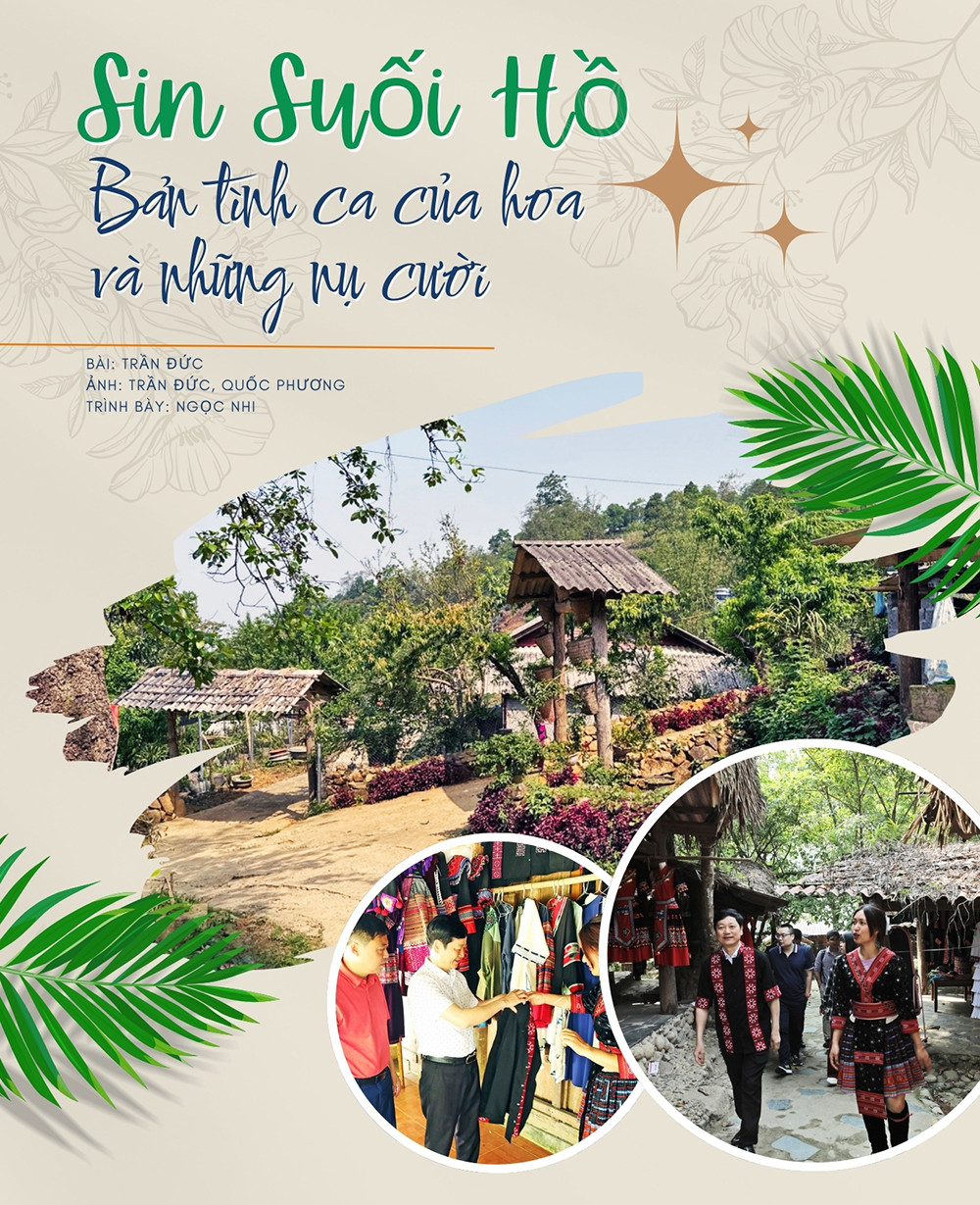
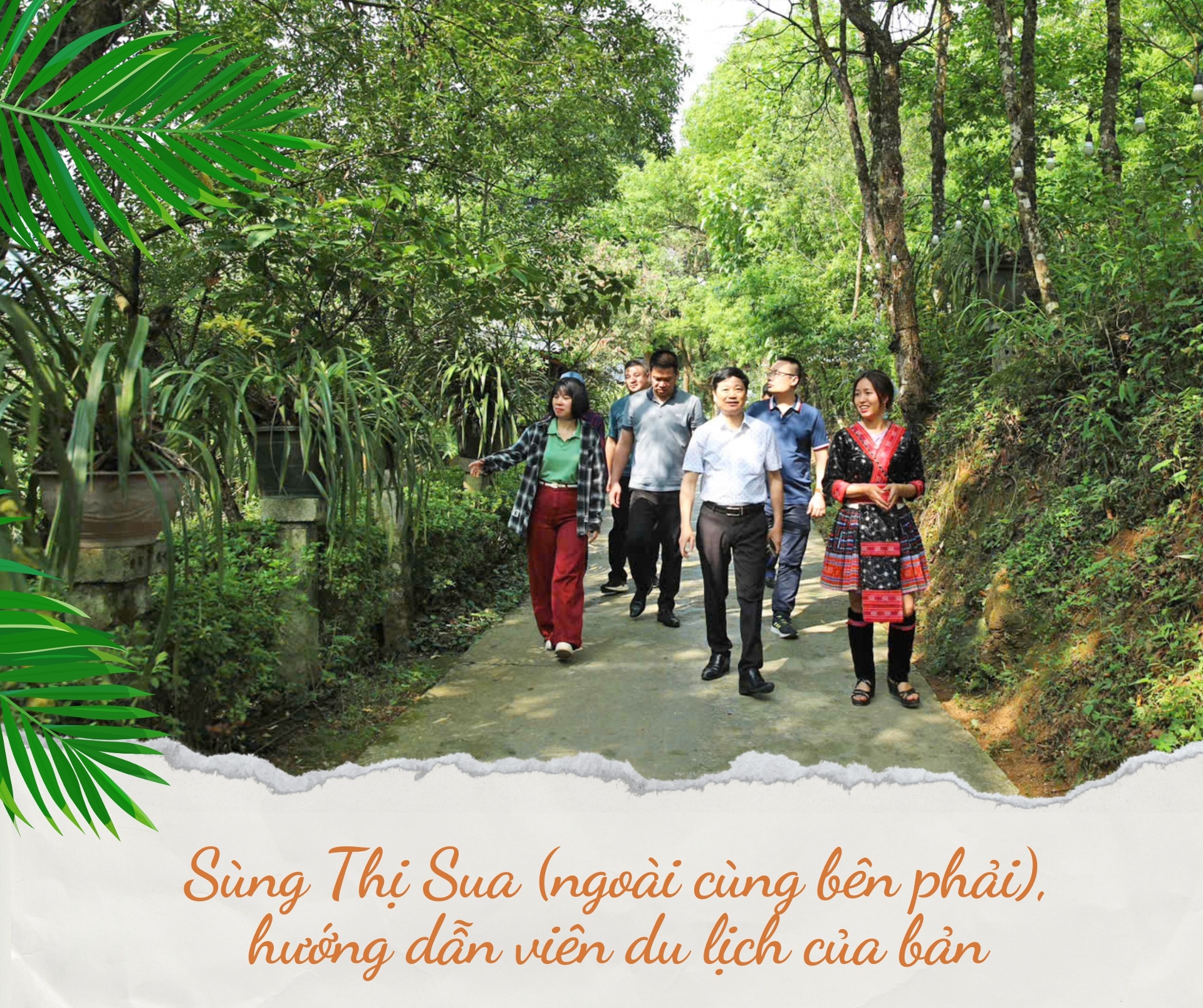

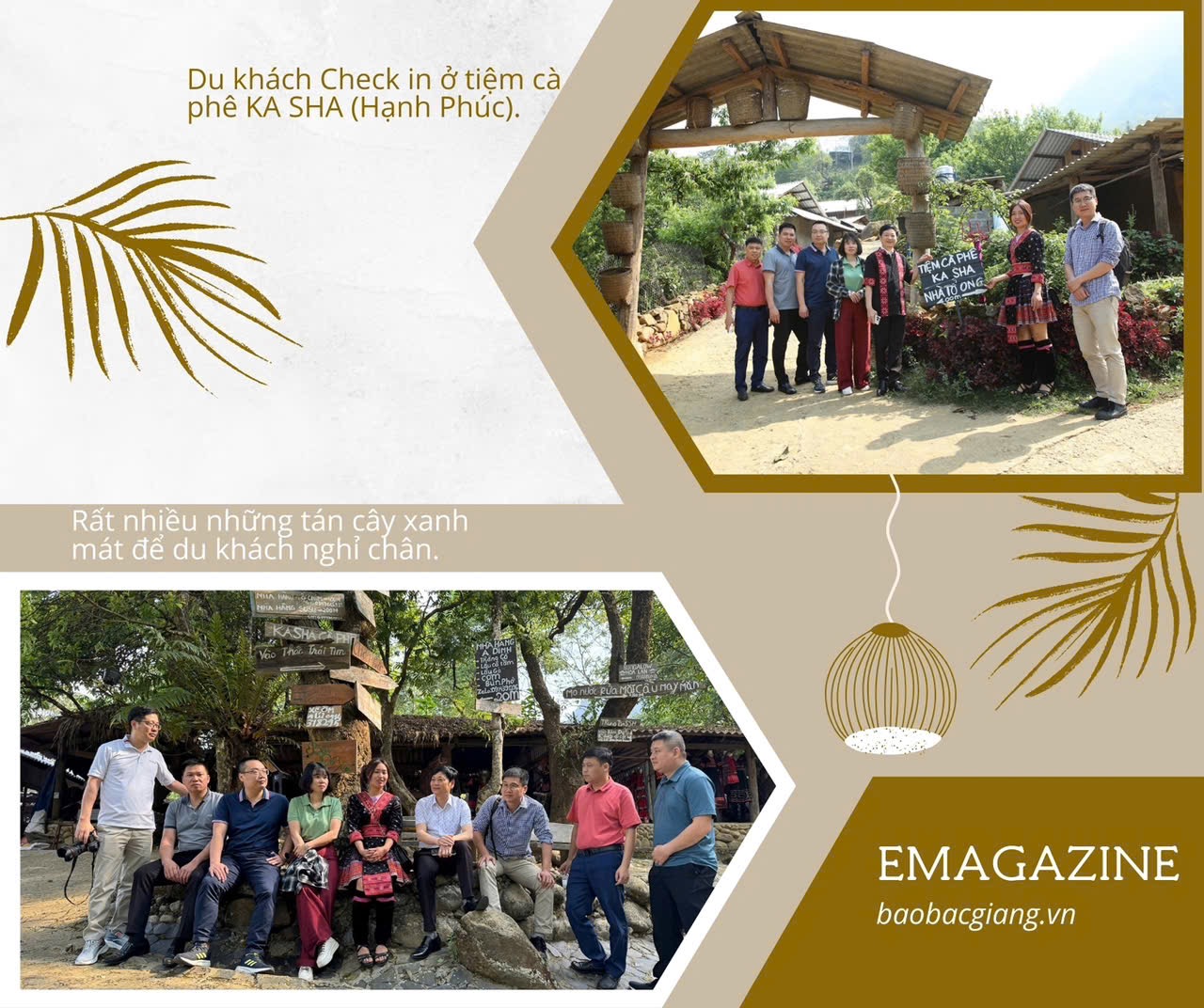
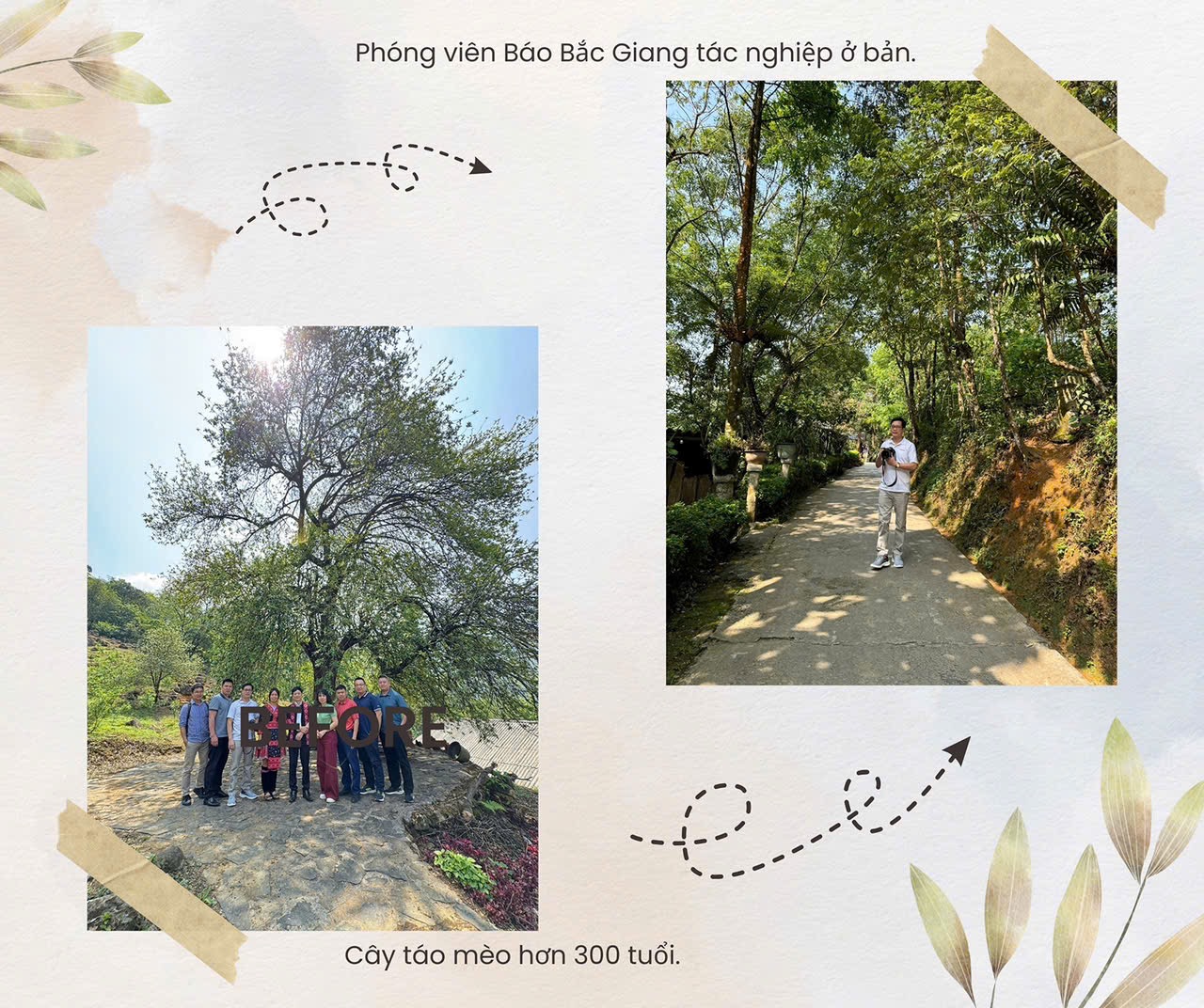
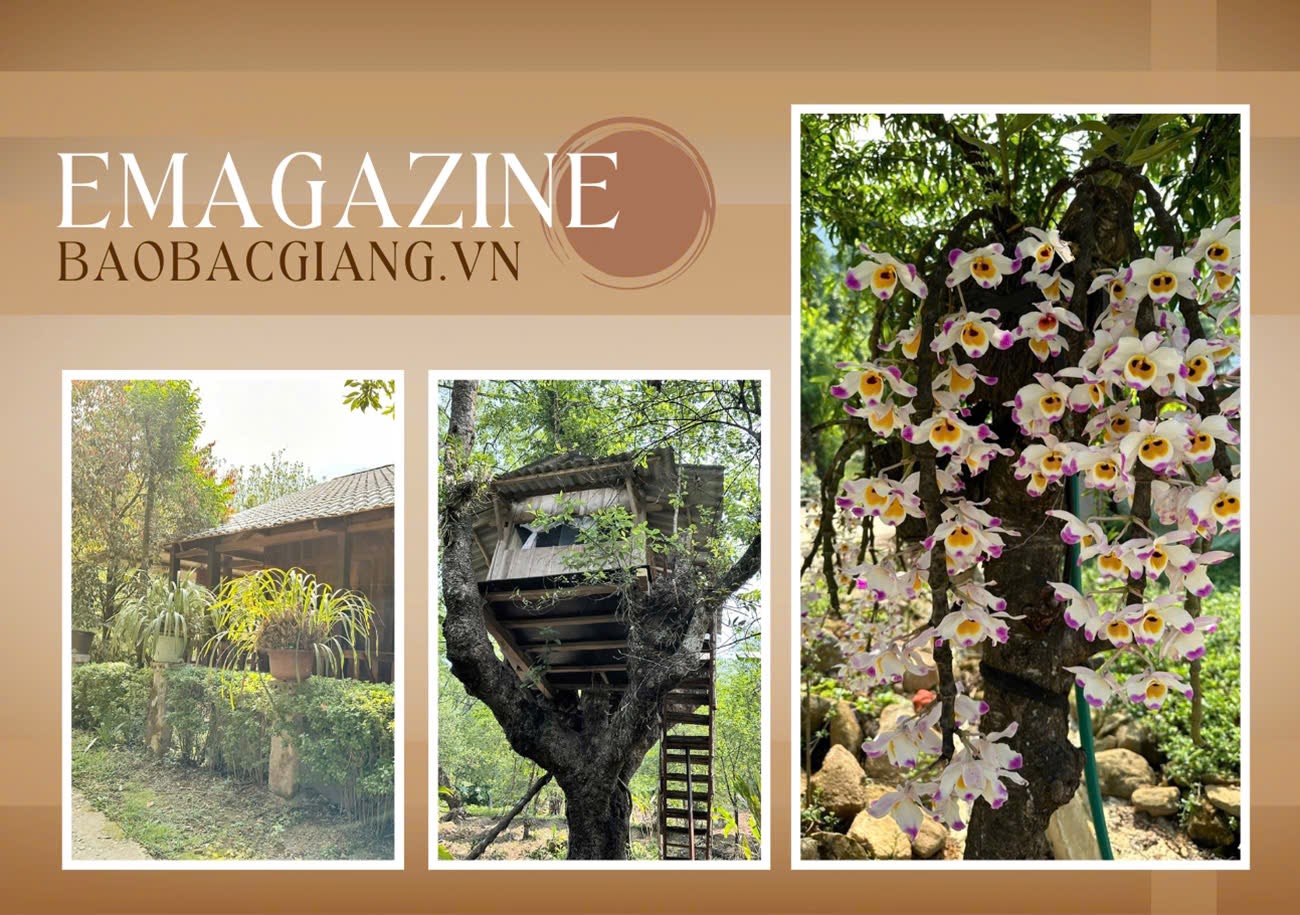
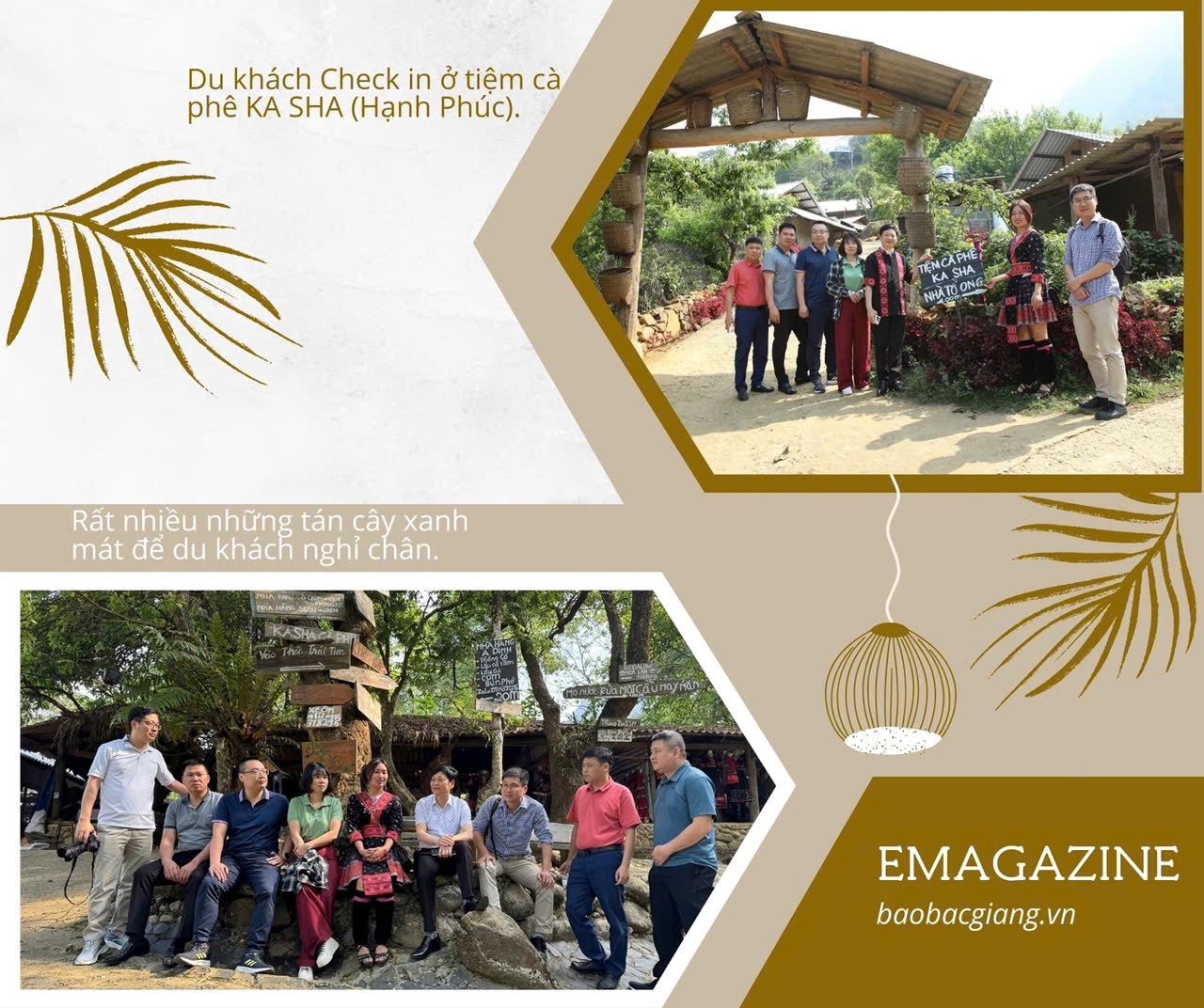

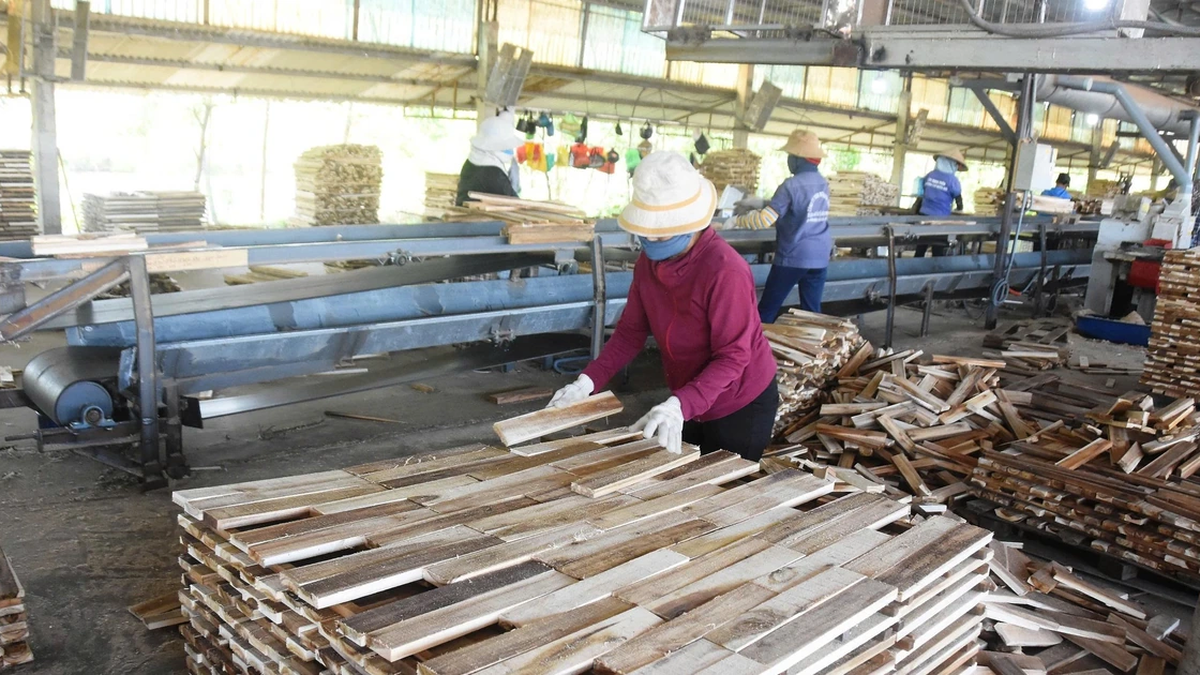


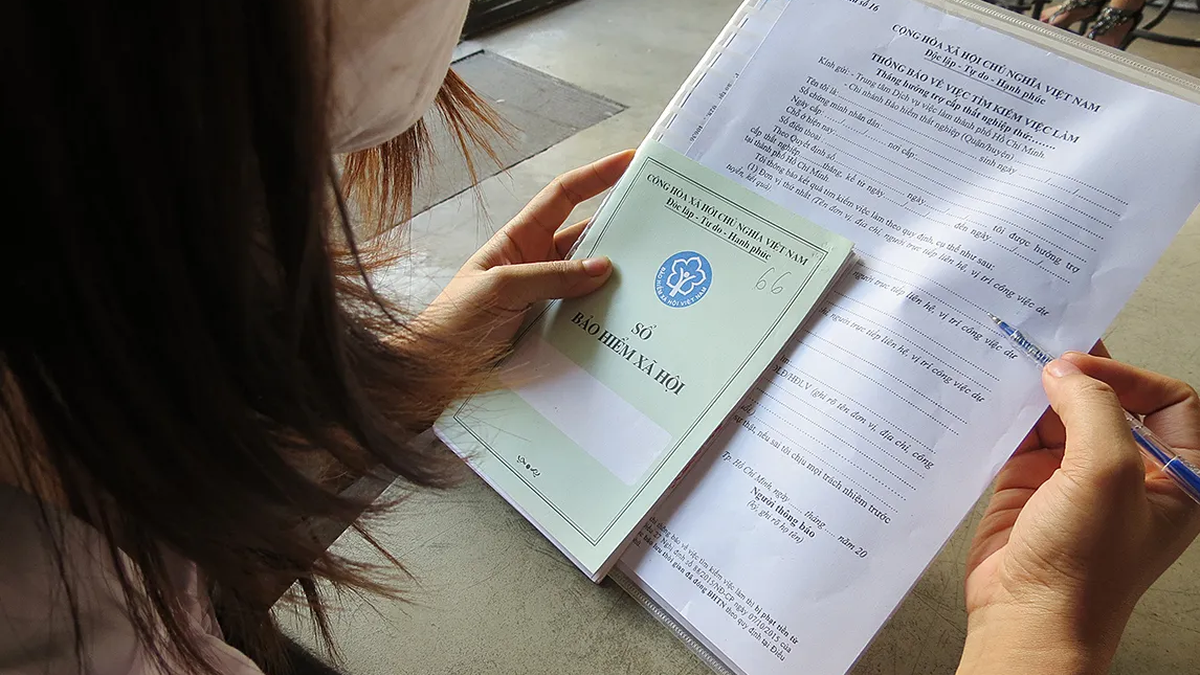


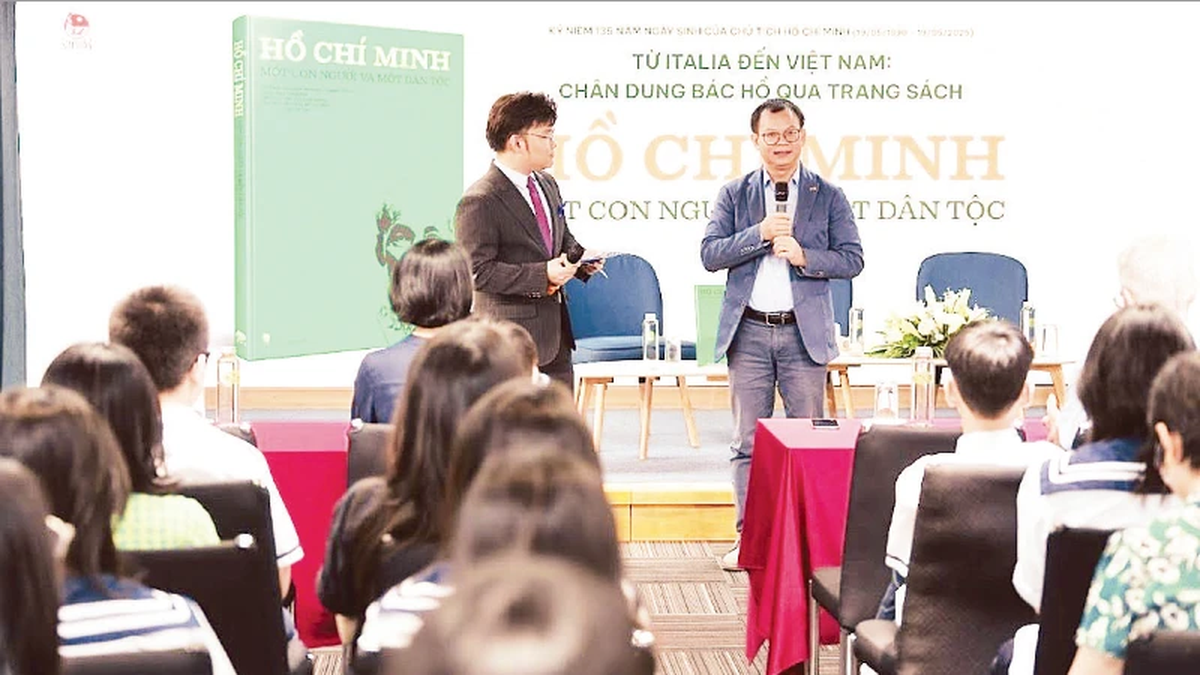
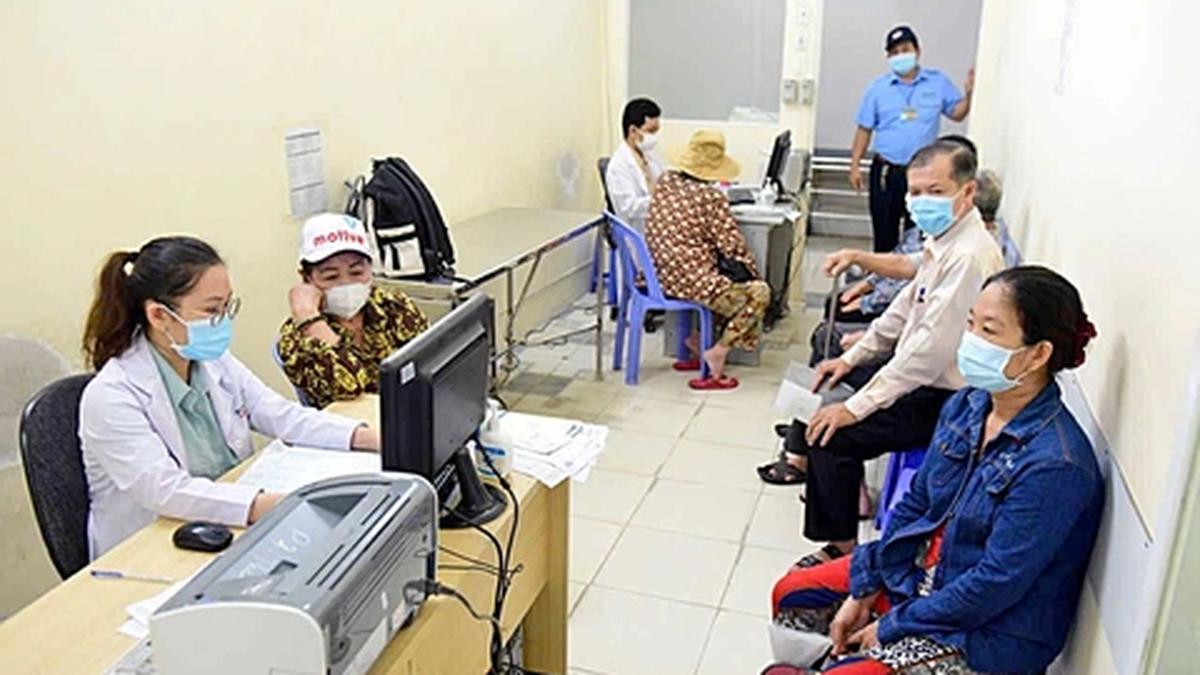











![[Photo] Signing of cooperation between ministries, branches and localities of Vietnam and Senegal](https://vphoto.vietnam.vn/thumb/1200x675/vietnam/resource/IMAGE/2025/7/24/6147c654b0ae4f2793188e982e272651)






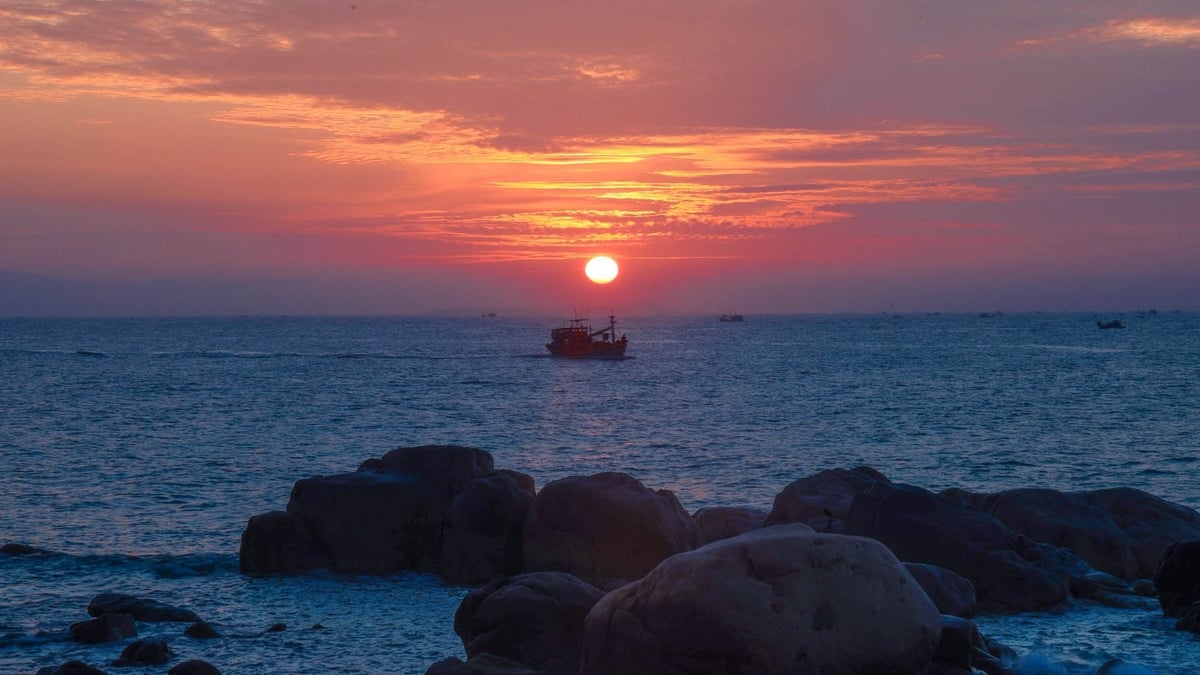

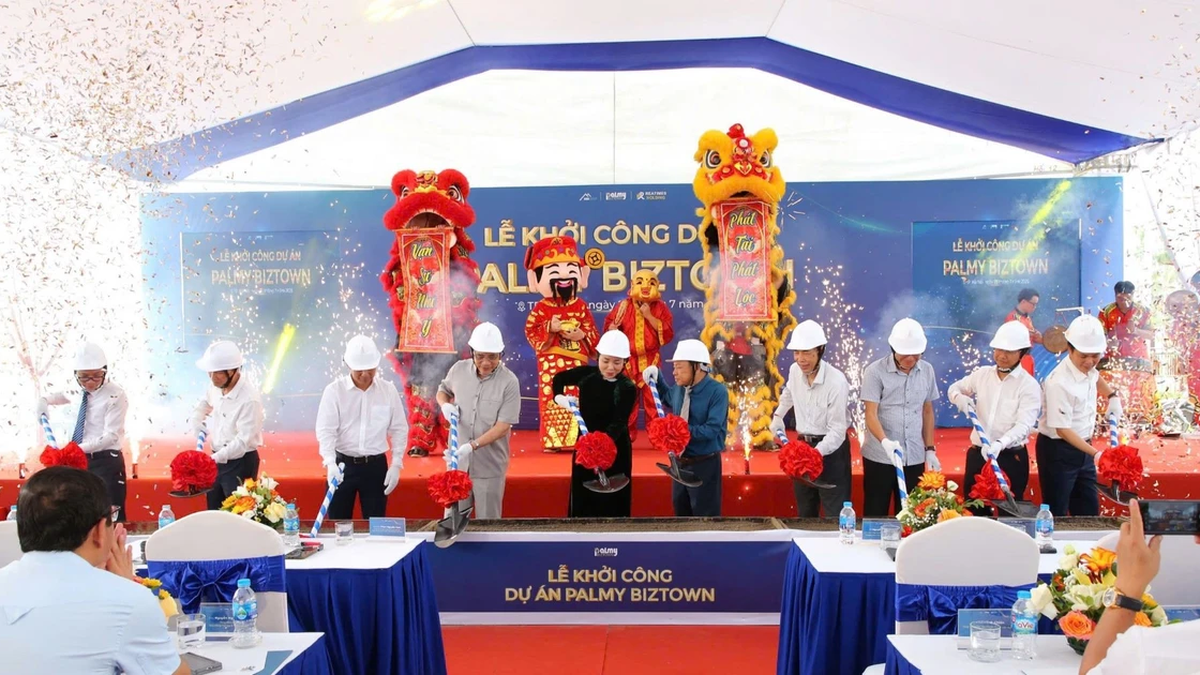


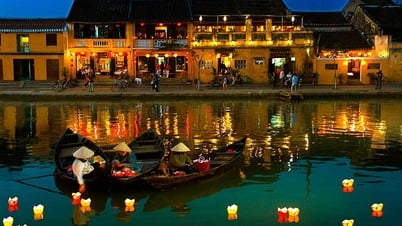

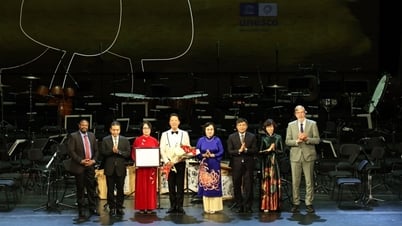

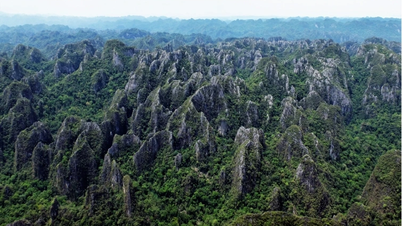


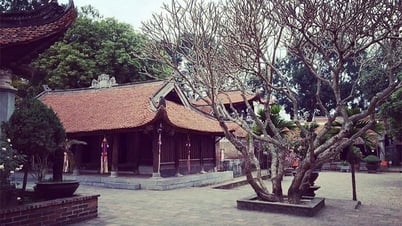

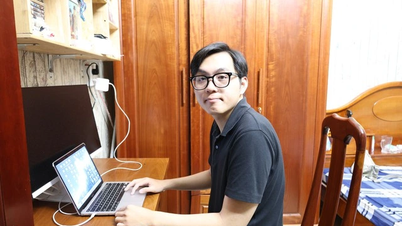




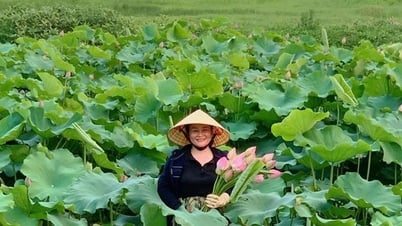

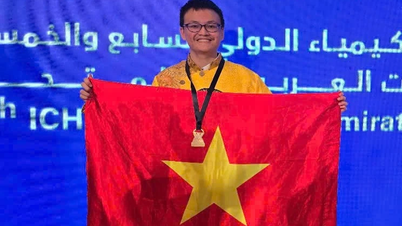

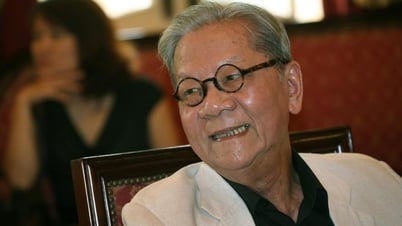








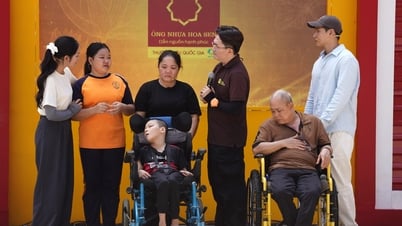

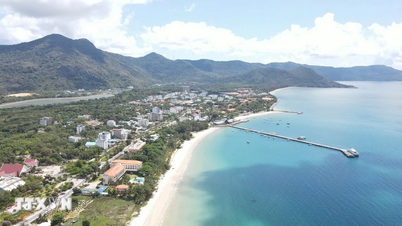
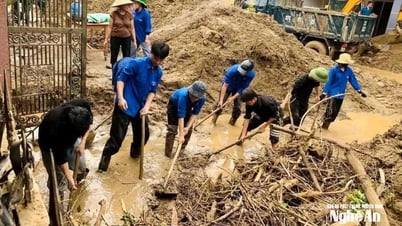





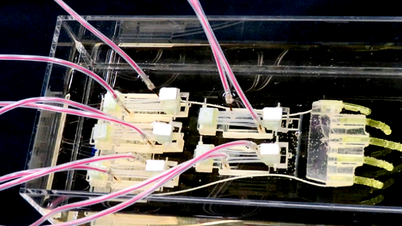
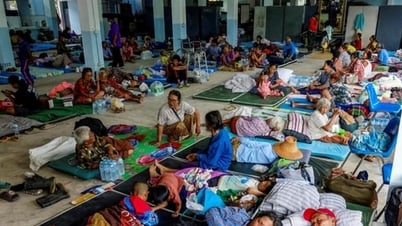



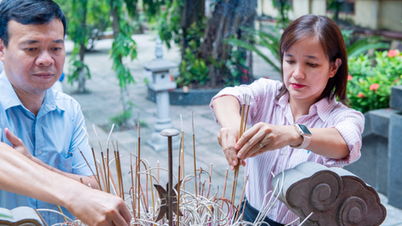
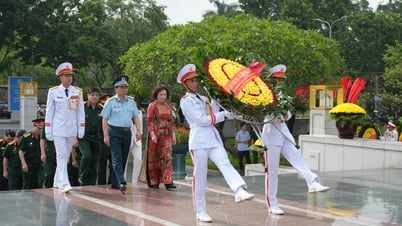























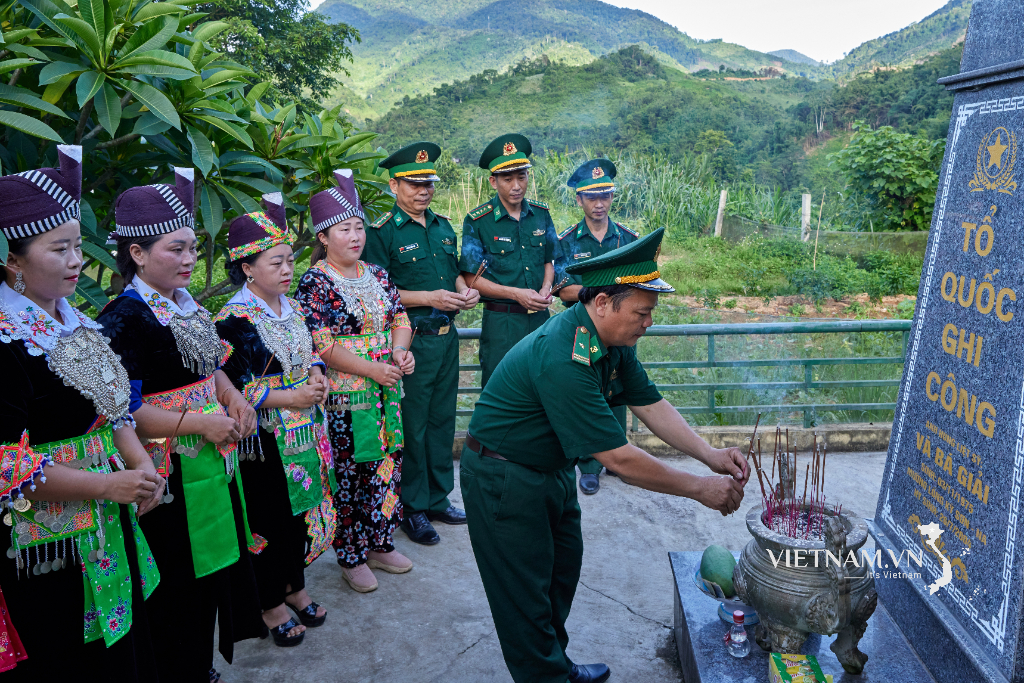



Comment (0)